Time: 2025-08-07 15:07:20 Source: Henan Province Jianyun Cable Co., Ltd.
Electromagnetic interference (EMI) can disrupt the performance of electrical and electronic systems by inducing unwanted signals in cables, leading to data loss, equipment malfunction, or reduced system reliability. In cable installations for power distribution, control systems, or telecommunications, effective EMI mitigation is essential to ensure signal integrity and compliance with standards like IEC 61000. This guide outlines strategies to reduce EMI in cable installations, covering cable selection, installation practices, and shielding techniques, presented in a formal and structured manner.
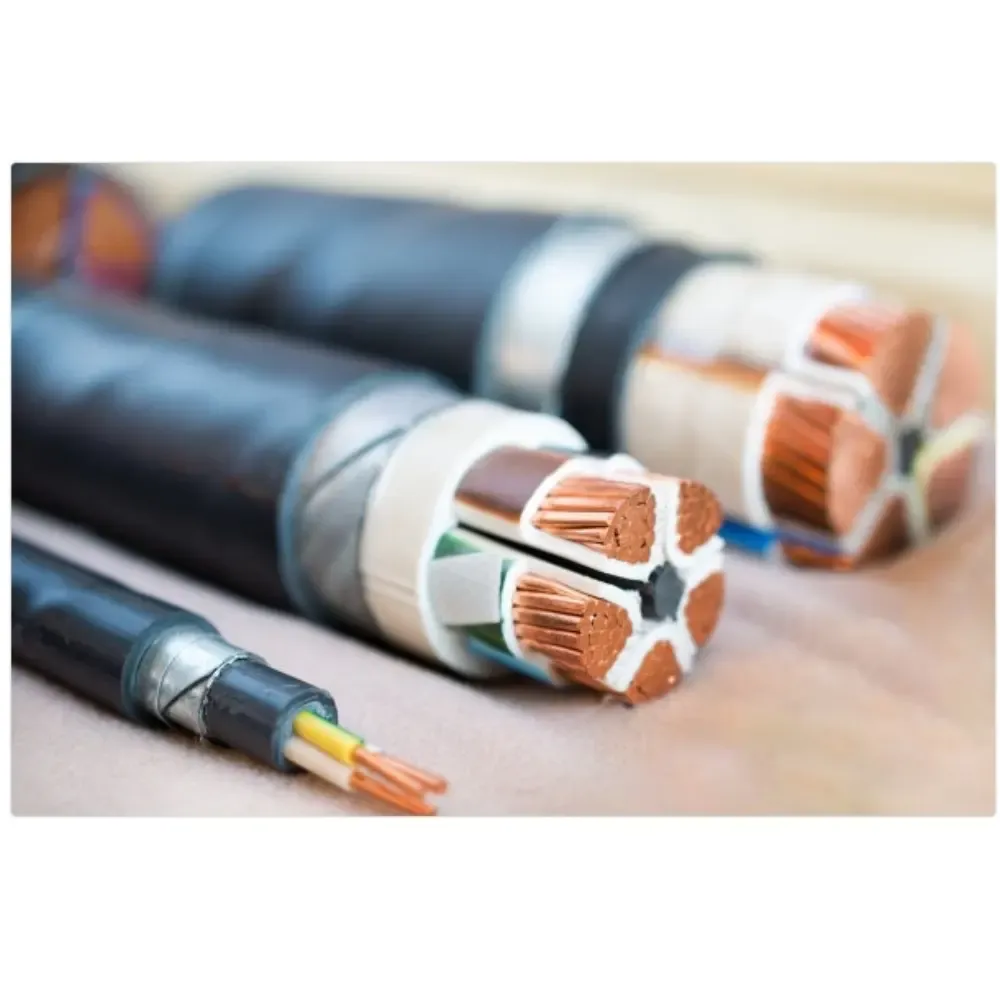
EMI is the disruption of electrical circuits caused by electromagnetic fields from external sources, such as power lines, motors, or radio frequency (RF) devices. It can be conducted (via cables or conductors) or radiated (through air). In cable installations, EMI affects signal quality in low-voltage (0.6/1 kV) power cables, control cables, or communication cables, leading to issues like noise in data transmission or false signals in control systems. Common sources include:
| EMI Type | Description | Sources |
|---|---|---|
| Conducted | Via cables/conductors | Power lines, inverters |
| Radiated | Through air | Radio towers, motors |
Reducing EMI in cable installations involves a combination of shielding, grounding, cable selection, and proper installation practices:
| Strategy | Details |
|---|---|
| Shielding | Metallic screens, >80% coverage |
| Grounding | Both/one end, low-impedance |
| Segregation | 150–300 mm separation |
| Twisted Pair | Cancels induced EMI |
| Filtering | Ferrite cores, low-pass filters |
Choosing the right cable type is critical for reducing EMI:
| Cable Type | EMI Mitigation Feature |
|---|---|
| Shielded | Copper braid, aluminum foil |
| Armoured | SWA/STA for power cables |
| LSZH | Shielding with fire safety |
| Twisted Pair | Balanced configuration |
Proper installation techniques significantly reduce EMI in cable systems:
| Practice | Details |
|---|---|
| Routing | Perpendicular, 150–300 mm separation |
| Conduits/Trays | Metallic, grounded |
| Termination | Shield continuity, shielded connectors |
| Grounding | Single point, low-impedance |
Compliance with standards and testing ensures effective EMI mitigation:
| Standard/Test | Details |
|---|---|
| IEC 61000-5-2 | Grounding, shielding guidelines |
| IEC 61000-4-3 | Radiated EMI immunity |
| EN 50289 | Shielding performance |
| Testing | Immunity tests, shield effectiveness |
| Challenge | Solution |
|---|---|
| High Shielding Costs | Use unshielded cables in low-EMI areas, optimize shield types |
| Ground Loop Interference | Ground shields at one end for high-frequency EMI |
| Complex Installations | Plan cable routes, use metallic conduits |
| Identifying EMI Sources | Conduct site surveys, test for EMI immunity |
Reducing electromagnetic interference (EMI) in cable installations is critical for ensuring reliable performance in power, control, and communication systems. By using shielded or armoured cables, implementing proper grounding, segregating cable types, and following installation best practices, EMI can be effectively mitigated. Compliance with standards like IEC 61000 and thorough testing further ensures system integrity. Addressing challenges such as cost and ground loops through strategic cable selection and planning enables robust installations, supporting a cable lifespan of 25–30 years in demanding environments like industrial plants, data centers, and telecommunications networks.
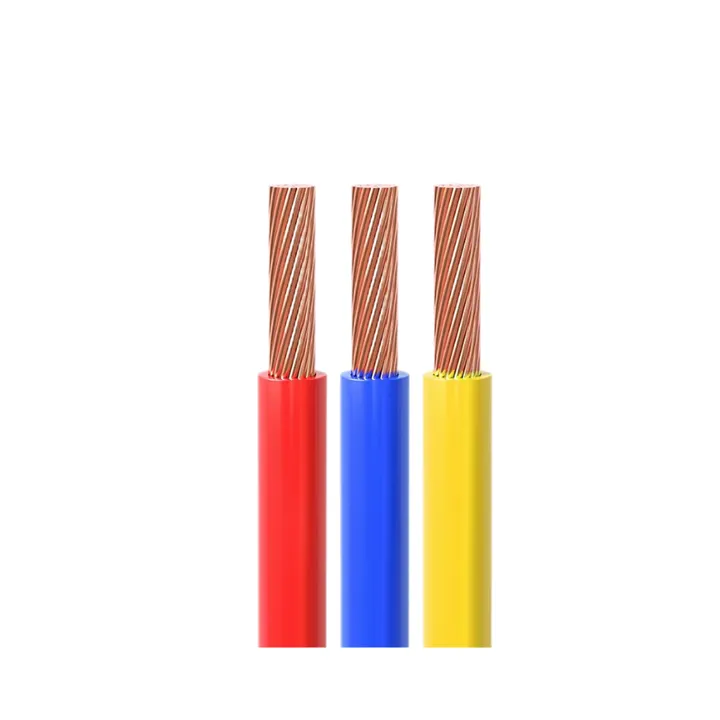
CE Certification 450/750v H07VVF Flexible Copper PVC Insulated Ac Cable 3*2.5 Mm
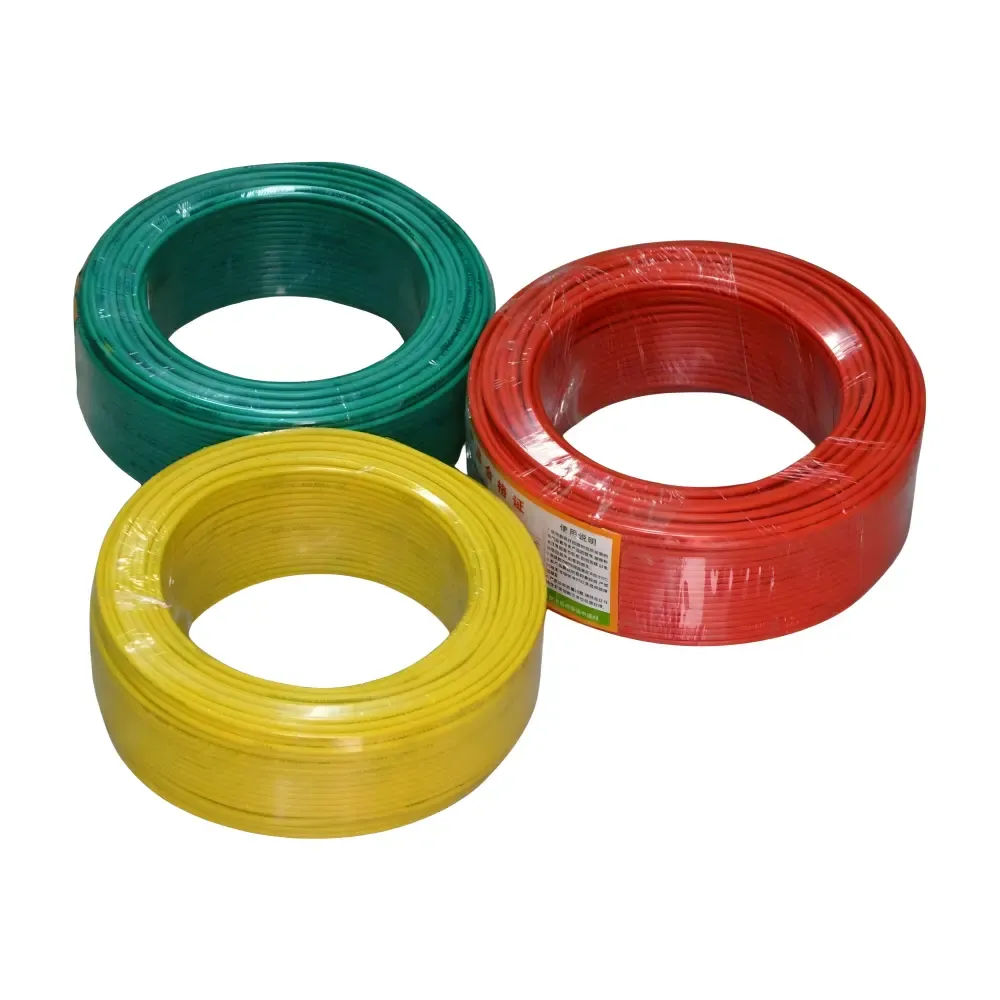
low voltage copper conductor PVC insulation underground BV BVR cable for industr
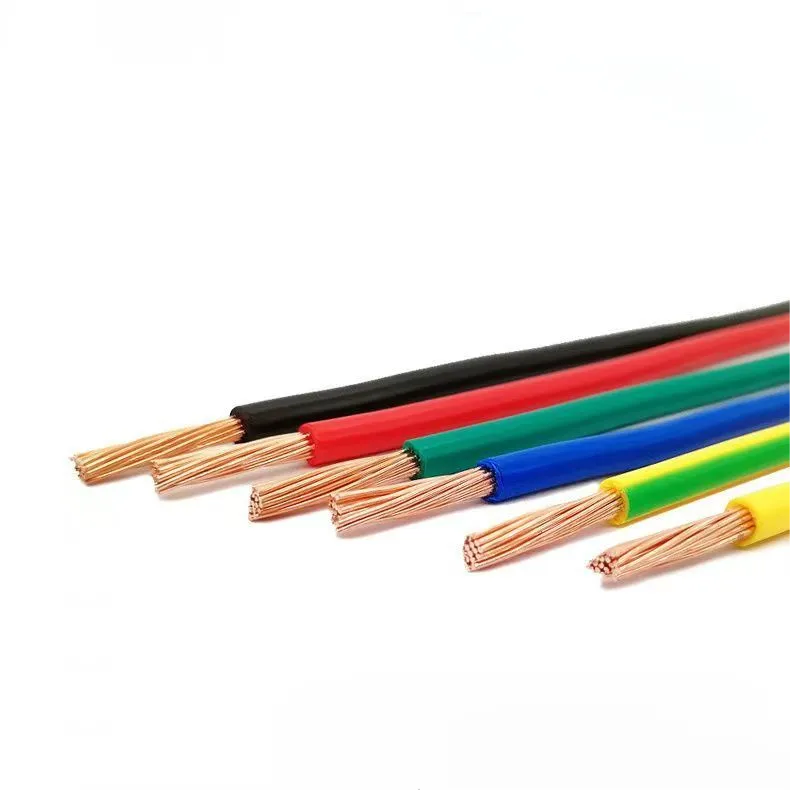
PVC electric wires are one of the most widely used electrical conductors in resi
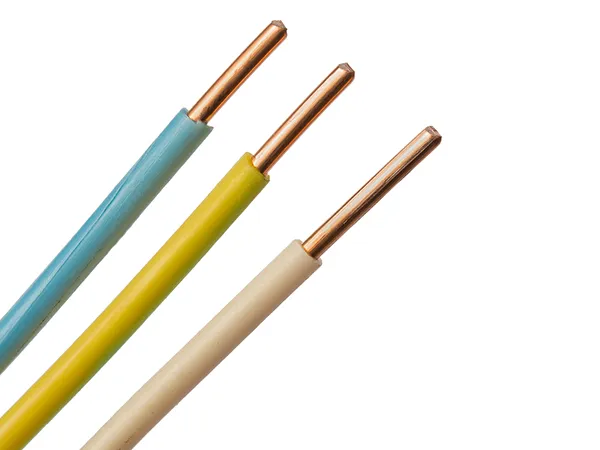
H07V-U wire is a flexible, low voltage electrical wire commonly used in industri